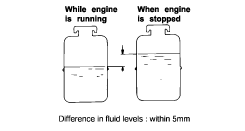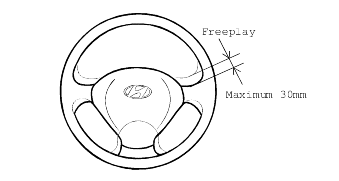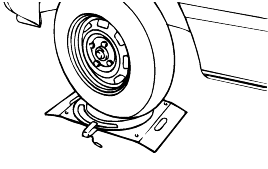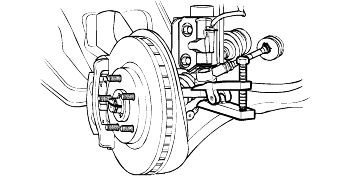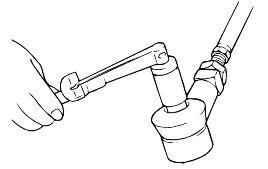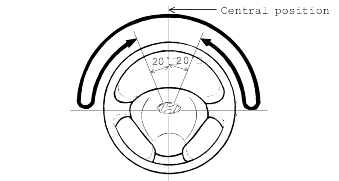Stop the engine and check for any difference in fluid level between a stationary and a running engine.
If the fluid level varies 5 mm (0.2 in.) or more, bleed the system again.
If the fluid level suddenly rises after stopping the engine, further bleeding is required.
Incomplete bleeding will produce a chattering sound in the pump and noise in the flow control valve, and lead to decreased durability of the pump.
